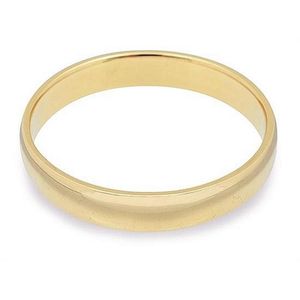Wedgwood Ormolu Box with Putto Decoration
Wonderful Wedgwood and ormolu box and cover, of circular form, decorated with a central jasperware roundel of a putto with pan pipes in hand, in white on pale blue, set within a gilt box with fine beaded, roped and anthemion borders, impressed factory marks, depth 11 cm
You must be a subscriber, and be logged in to view price and dealer details.
Subscribe Now to view actual auction price for this item
When you subscribe, you have the option of setting the currency in which to display prices to $Au, $US, $NZ or Stg.
This item has been sold, and the description, image and price are for reference purposes only.
- Ormolu - Ormolu was popular with French craftsmen in the 18th and 19th century for ornamental fittings for furniture, clocks and other decorative items. True ormolu is gilt bronze, that is bronze that has been coated with gold using a mercury amalgam. Due to the health risks associated with using mercury, this method of creating ormolu was discontinued in France in the 1830s. A substitute was developed consisting of about 75% copper and 25% zinc, however it was inferior to the bronze version. It was often lacquered to prevent it tarnishing.
- Roundel - A roundel is a circular disk, medallion or border on a plate or dish, on an object of furniture. A plate or dish will often have a central circular bordered decoration, termed a roundel. In furniture the word is often used instead of the word 'patera' to describe a turned circular decoration. In recent times use of the word has expanded to encompass any circular area on an object.
- Putto / Putti / Amorino / Amorini - A putto (plural: putti) or amerino (plural: amerini) is a cherub or cupid frequently appearing in both mythological and religious paintings and sculpture, especially of the Renaissance and Baroque periods and later used as a decorative element in the design of furniture, ceramics, statuary etc. They are usually depicted as chubby males, or of indeterminate gender, often with wings. Their depiction may represent an association with love, heaven, peace or prosperity.
- Anthemion - An anthemion is a classical decorative design element based on the acanthus flower that consists of a central circular or oval motif surrounded by radiating petals or leaves. It is often used as a border or frieze in architecture, furniture, and other decorative arts. The anthemion is derived from the palmette, a motif that was popular in ancient Greek and Roman art and architecture. It is often associated with the classical world and with Neoclassical style, and it is often used to add a sense of grandeur and formality to a design. The anthemion is also known as a honeysuckle or honeysuckle ornament. It continues to be used in a variety of contexts today, and it is often admired for its elegant and decorative qualities.
This item has been included into following indexes:
-
Wedgwood (England), item types
- boxes 63
- other items, Jasperware 181
Visually similar items

A pair of earrings by Chanel, styled in beaten gold metal to clip back fittings, with detatchable hoop fitting.
Sold by
in
for
You can display prices in $Au, $US, $NZ or Stg.

A gold bangle, the round solid bangle crafted in 9ct gold
Sold by
in
for
You can display prices in $Au, $US, $NZ or Stg.

An Italian gold bangle, comprising three interlocking bangles, in tri-colour 18ct gold, total weight 23.7gms
Sold by
in
for
You can display prices in $Au, $US, $NZ or Stg.

An enamel bangle by Hermes, styled with gold Hermes coach logo on a turquoise background, 1 cm width, 6.5 cm diameter
Sold by
in
for
You can display prices in $Au, $US, $NZ or Stg.
